Therapy office decor ideas to create a space that heals
As therapists, we hold space for others—with compassion, care, and presence. But how often do we think about the space that holds us?
Your therapy office isn’t just four walls and a chair. It’s a container for vulnerability. A backdrop for healing. A quiet witness to the laughter, grief, pauses, and breakthroughs that happen inside your sessions. And the way it looks and feels can impact everything.
In case you’re new here, I’m Natalia, a website designer for therapists, and I help private practice owners like you amplify their magic, gain visibility, and simplify their marketing efforts through strategic web design and SEO content. And just like your website, your therapy office should reflect your values, energy, and care.
This blog is your guide to creating a therapy office that feels as grounding and healing as the work you do inside it. We’ll walk through emotional and practical decor tips, show you beautiful resources (like TheraSuite), and recommend highly-rated products that can bring your vision to life.
The unspoken power of your therapy office
Therapy is about connection—and connection doesn’t begin with your intake form or the first question you ask. It begins the moment your client steps into the room—or sees your space on screen. Before a single word is spoken, your environment is already speaking for you.
The soft lighting. The chair you chose with care. The way your books are stacked. The absence of clutter. All of it whispers: This space is safe. You’re welcome here.
Your environment holds a conversation of its own
A cluttered, cold, or overly clinical space can unintentionally create distance. Clients might feel distracted, tense, or even unsure if they belong. But when your space is warm, intentional, and calm, it becomes part of the healing. It says: You matter. You’re not a diagnosis—you’re a person. And this room sees that.
And that’s not just about aesthetics. According to Zencare, therapy office decor can play a key role in establishing emotional safety. A calming environment helps regulate the nervous system, reduces anxiety, and makes it easier for clients to open up. Your space can do some of the co-regulating for you—it’s your silent co-therapist.
This is about you, too
You sit in this room all day. You move from session to session, navigating the depths of other people’s emotions. You hold space with your body, your words, your breath.
If your environment is sterile, cluttered, or overstimulating, it doesn’t just affect how it looks—it affects how you feel. Over time, that constant low-level tension builds. You end the day more depleted than necessary.
But imagine this instead:
You close your office door between sessions, take a breath, and look around. Soft light. A grounding color palette. A cozy throw over your chair. The scent of lavender in the air. It’s quiet. It’s yours. It helps you come back to you.
Decorating your office with intention isn’t indulgent—it’s restorative. It’s a way to say, I deserve to feel good in the space where I give so much.
Your clients feel that. And so do you.
What to consider when decorating your therapy office
Designing your space isn’t just about aesthetics—it’s about energy, emotion, and how the room supports the work that happens inside it. Every choice you make is a message. And that message should say: You’re safe. You matter. You can exhale here.
1. Colors that calm
Soft, grounding hues—sage green, muted blue, warm beige, soft whites—don’t just “look nice.” They lower cortisol. They quiet the mind. They signal safety.
For your clients, these tones whisper: You can drop your shoulders. You can be fully here.
For you? These colors are spacious. They allow your eyes to rest, your mind to settle, your body to regulate between sessions.
👉 Ask yourself: What colors make you feel most like yourself?
2. Lighting that soothes
Natural light is a gift—but when it’s not available, your lighting becomes your emotional guide. Harsh overhead bulbs can jar the senses. But soft, diffused lamps, salt lights, or adjustable smart bulbs create a cocoon.
They say: This is not a place of performance. This is a place of presence.
When you dim the lights just a bit, it’s like the room leans in and whispers:
Let’s slow down together.
👉 Think in layers: a soft lamp by the couch, warm light by your desk. Let your lighting create a rhythm of calm.
3. Furniture that holds you (and them)
This isn’t just a room—it’s a space for unraveling, exploring, re-building. Your seating should honor that.
For clients: Choose chairs or couches that invite rather than intimidate. Soft, but structured. Safe to cry in. Easy to rest in.
For you: You’re there hour after hour. Your chair should support your spine, your breath, and your ability to be fully present.
This isn’t about luxury—it’s about longevity. A chair that cradles your body lets you keep showing up.
👉 Pro tip: Sit in your client’s seat. How does it feel in your body?
4. Textures and layers
Therapy isn’t just cerebral—it’s deeply somatic. Your office should reflect that. Texture softens the energy. Throws, pillows, curtains, rugs—they all say: This is a human space.
Softness absorbs more than just sound. It absorbs tension. It absorbs stories.
When a client runs their hand across a velvety pillow or grounds their feet into a plush rug, their body starts to believe:
I’m safe.
👉 Tip: Mix 2–3 textures (linen, faux fur, wood, jute) to create a layered, lived-in feel that doesn’t overwhelm.
5. Art that affirms
The walls speak, even when you don’t. Let them reflect your values. Let them reflect your clients.
Choose prints that offer peace, hope, or quiet strength. Abstracts that leave room for interpretation. Nature scenes that mirror resilience. Quotes that offer truth without pressure.
Avoid anything too triggering, too directive, or too cluttered. Let your art hold instead of demand.
👉 Ask: If your art could speak, what would it gently say?
6. Clutter-free zones
Clutter isn’t just visual—it’s emotional static.
An overfull desk, tangled cords, too many objects… they create noise. They make it harder to drop in.
A clean surface, on the other hand, says: We’re here now. Nothing else matters.
Intentional storage (drawers, bins, trays) doesn’t just organize—it allows for
presence.
👉 Ritual: Start and end your day by clearing your space. It becomes a transition—just like closing the therapy hour.
When you don’t know where to start: let TheraSuite hold you
Designing a therapy office can feel like standing in the middle of an empty room with too many Pinterest boards and no idea where to begin. You want it to feel warm, grounded, and inviting—but between client sessions, paperwork, and trying to care for yourself, the task of decorating can feel... like too much.
That’s where TheraSuite steps in—not just as a resource, but as a kind of design sanctuary. Created by therapists who understand the emotional labor you carry, TheraSuite is more than aesthetic—it’s attunement in action.
Each of their curated design boards is a little love letter to your nervous system.
From “Coastal Calm” to “Midcentury Earth,” each style board includes:
- Thoughtfully selected furniture, decor, and artwork
- A cohesive color palette designed to regulate, not overstimulate
- Direct links to products, so you’re not chasing a vibe—you’re building one
Imagine someone walking into your office and exhaling—before even sitting down. That’s what these boards are built for.
They don’t just give you a look. They give you a feeling to work from.
Tips for creating intentional, healing environments
What sets TheraSuite apart is that it wasn’t created by interior designers trying to break into therapy spaces. It was created by therapists—for therapists. Which means every design choice carries an understanding of what really happens in the room.
Their approach is rooted in emotional nuance:
- Safety first: Colors and layouts that soothe the nervous system
- Connection-driven: Arrangements that make both therapist and client feel seen
- Simplicity that anchors: Clean lines, soft layers, and just enough detail to feel human
These aren’t just pretty rooms. They’re extensions of your presence. So if you’ve been feeling unsure about how to bring your space to life, TheraSuite can help you design something that holds you—and the work—with care.
Beautiful details, grounding presence: decor touches that transform your space
Sometimes it’s the little things that shift everything—the object on a shelf that makes someone smile, the softness of a lamp’s glow, the quiet strength of a plant in the corner. In therapy work, where so much happens in the invisible space between words, these small decor elements become part of the emotional landscape.
Below, you’ll find thoughtfully chosen Amazon decor pieces—each one selected for its ability to support your presence, ease your client’s nervous system, and add personality without distraction. Let your space reflect the care you bring into every session.
1. Decorative Bookends – Modern, organic elegance
Ground your books, journals, or therapy tools with these sculptural bookends. Their soft, neutral tones and flowing shapes add natural texture and a touch of quiet sophistication to your shelves.
$36.99
Buy now →
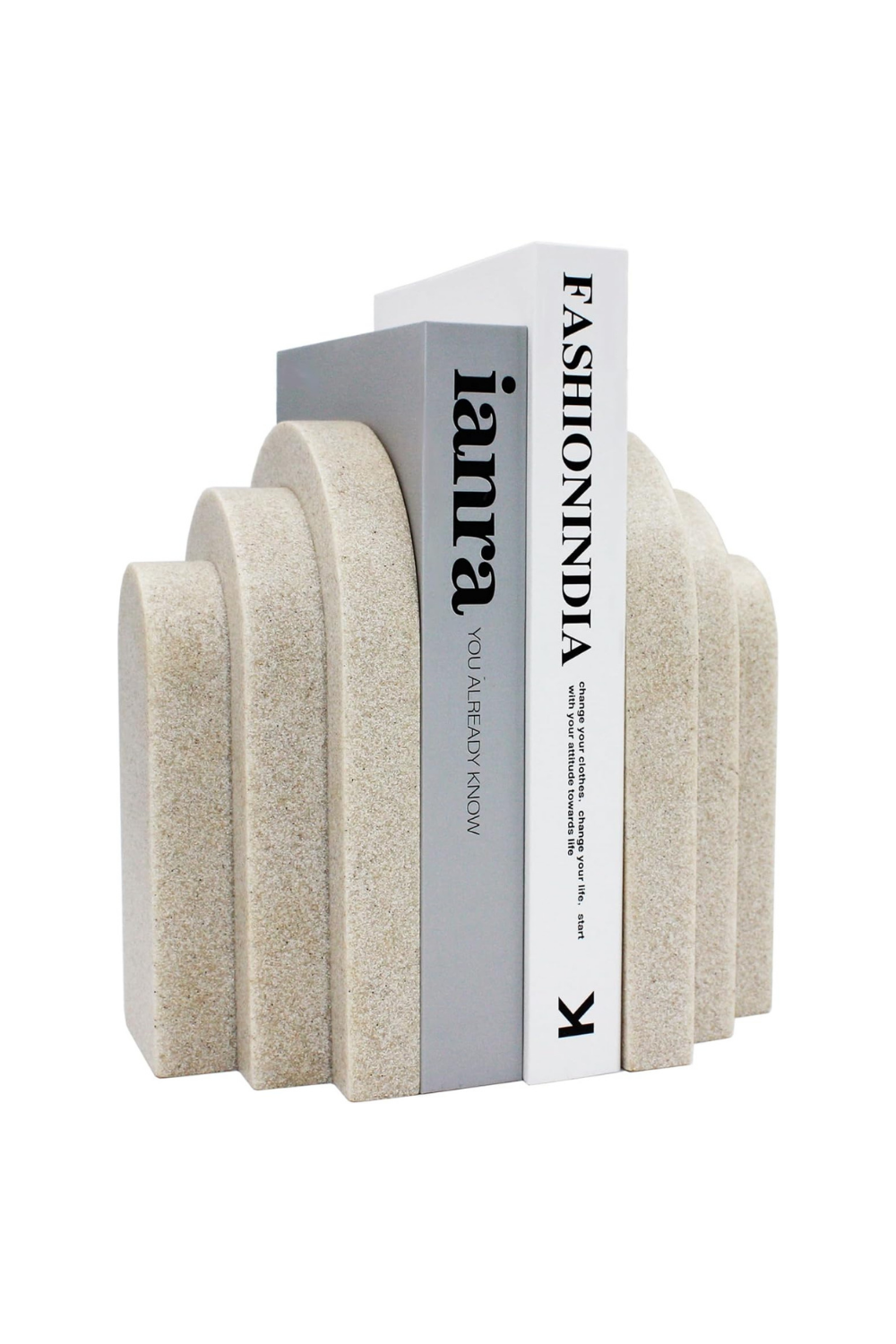
2. Abstract Sculpture Decor – Neutral and grounding
This sculptural accent piece adds dimension and artistic calm without overwhelming your visual field. It’s a beautiful addition to any side table, console, or shelf.
$29.99
Buy now →
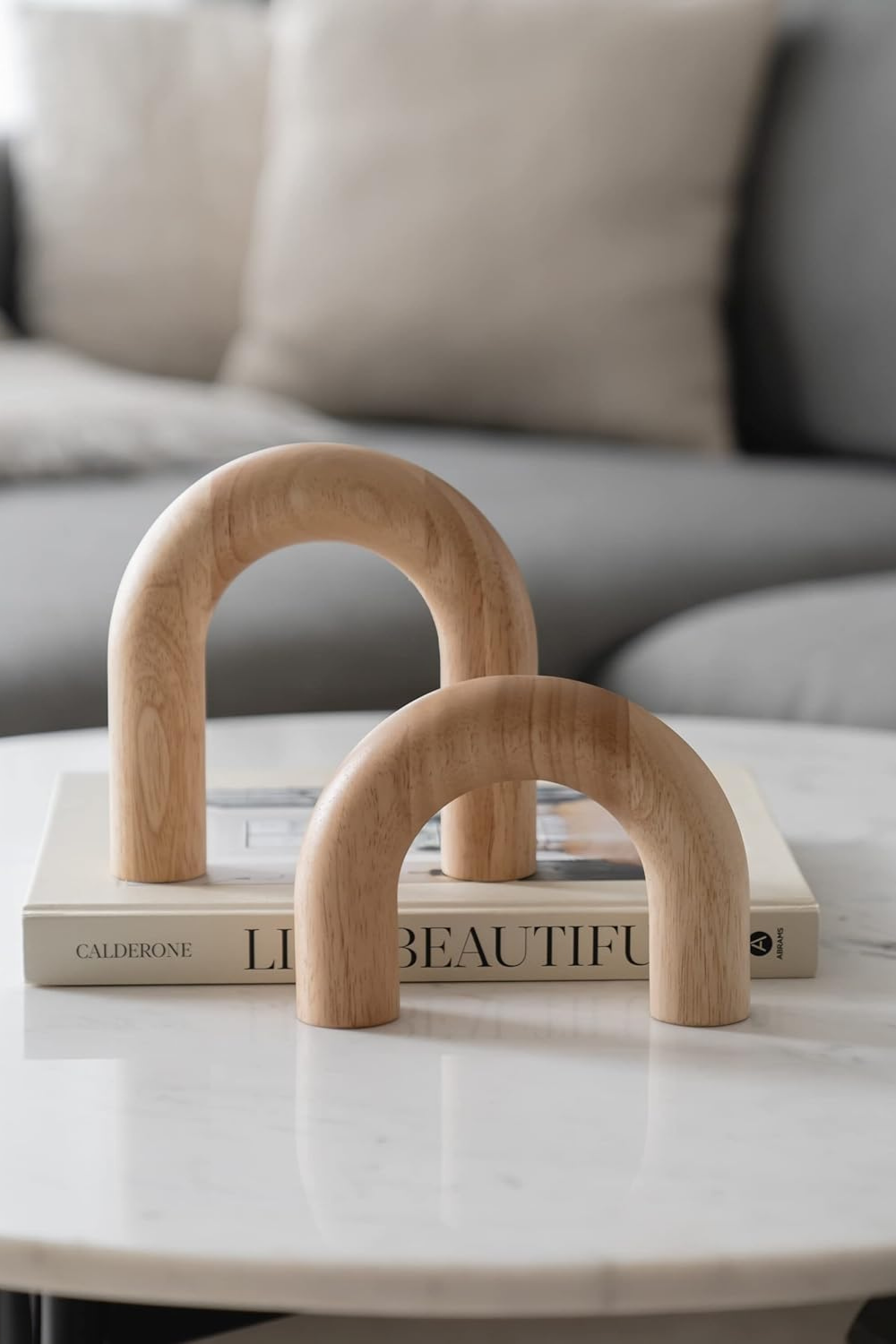
3.
Square Tissue Box Cover – Minimal and soft
This elegant tissue box cover turns a clinical necessity into an intentional design element. Its soft colors and minimalist form blend beautifully into a grounded, calm space.
$7.99
Buy now →
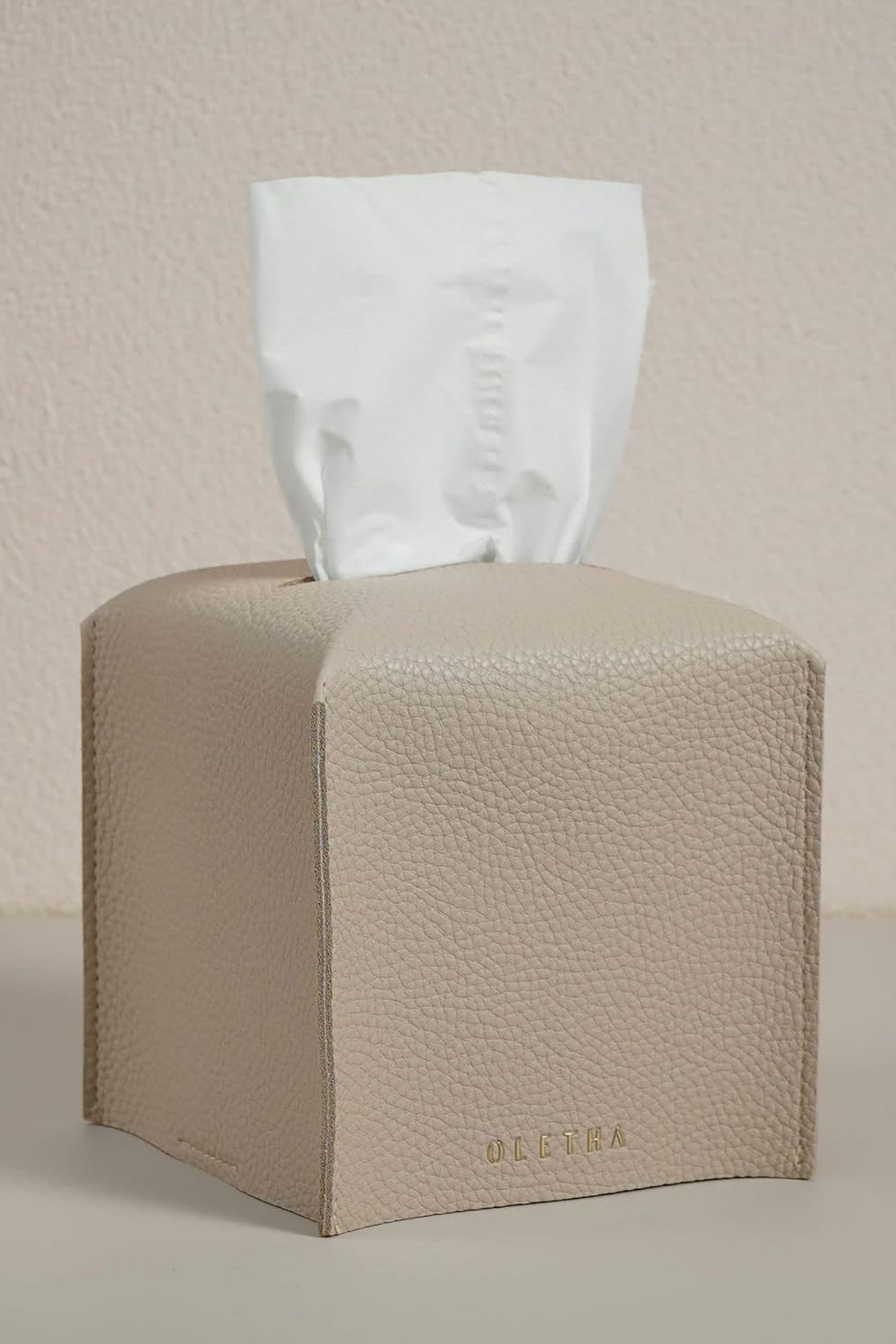
4. Decorative Books – Elevated minimalism
These faux books bring a subtle, structured visual to your space. Their neutral palette pairs well with greenery or ceramics for a clean, collected look.
$36.99
Buy now →
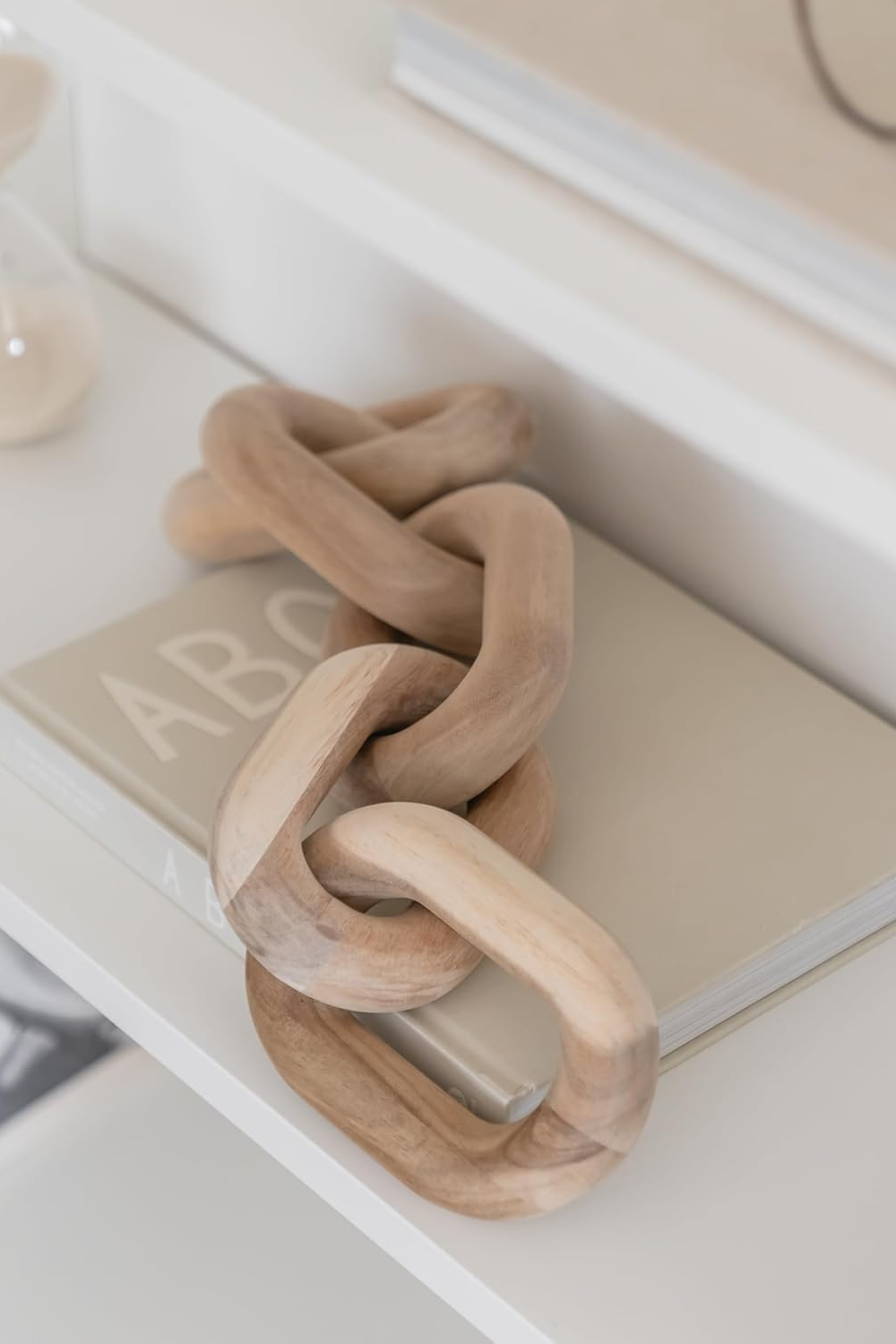
5.
LAWA Scented Diffuser – Aromatherapy with elegance
This fragrance diffuser not only fills the space with a calming scent but serves as an elegant decor piece. Ideal for subtle lavender or citrus oils.
$49.99
Buy now →

6. Translucent LED Lamp – Soft, adjustable lighting
Designed to diffuse light gently, this lamp helps create an atmosphere of safety and warmth. Perfect for afternoons or early evenings.
$26.38
Buy now →

7. Ambient Lamp with Temperature Control
This lamp offers different lighting temperatures to match your energy throughout the day. Useful for signaling transitions between sessions.
$69.99
Buy now →

8. Indoor Plant Cultivator
This compact plant system brings a touch of nature into your room. Plants help purify air and provide a grounding visual.
$32.76
Buy now →
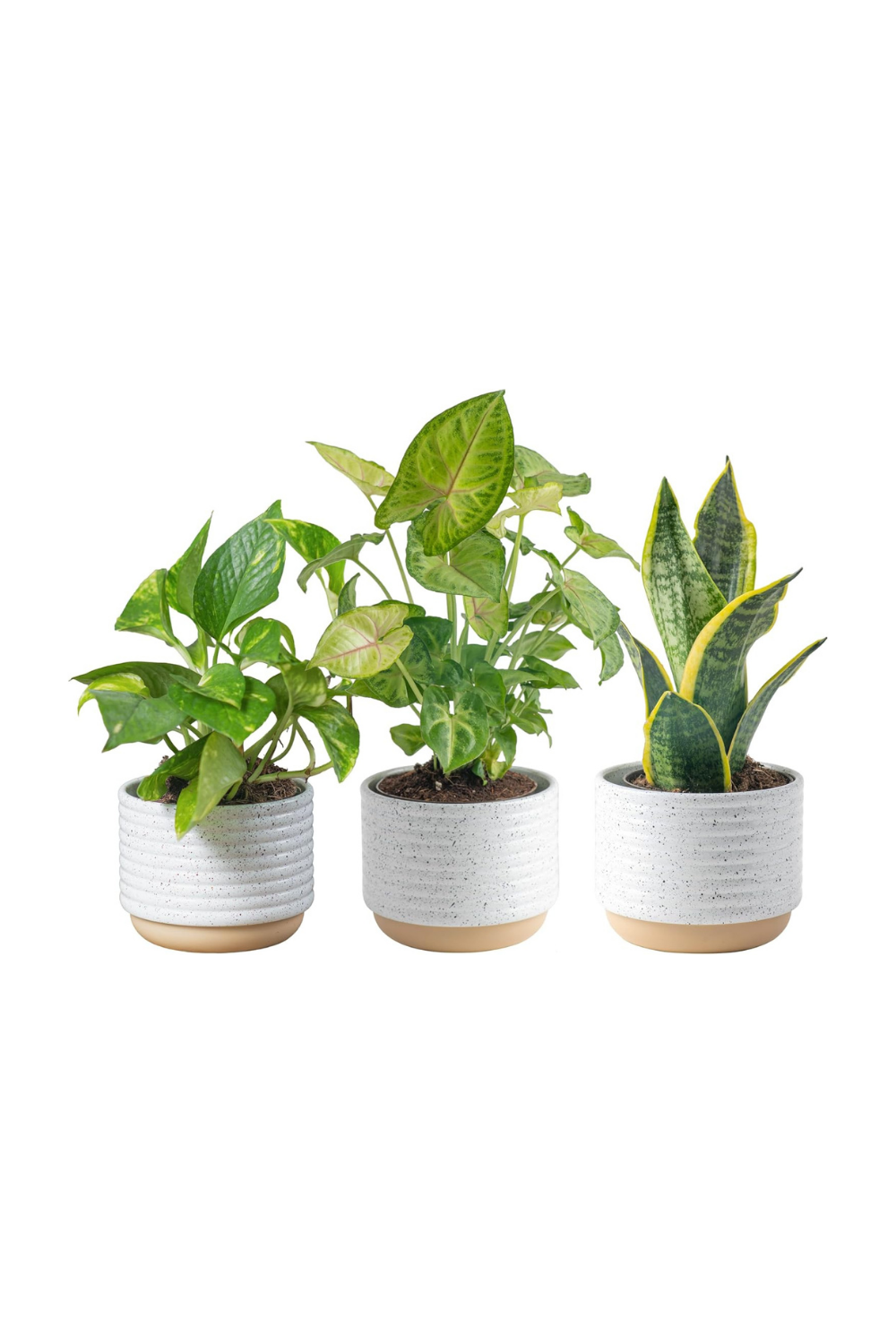
9.
Essential Oil Diffuser + Deodorizer
A compact, stylish tool that keeps your space smelling clean and calming. Use with essential oils for added emotional support.
$19.99
Buy now →

10. Wooden Accent Stool
Functional and stylish, this piece works as a side table, plant stand, or grounding decor object. Adds warmth through natural materials.
$99.99
Buy now →

11. Wooden Puzzle Décor
This simple puzzle adds a thoughtful, creative touch to your desk or shelf. Inspires curiosity and connection.
$39.99
Buy now →

12. Dried Grass Bundle
Adds height and texture to vases without overwhelming your palette. A natural, earthy accent.
$11.88
Buy now →

13. Soft Neutral Area Rug
Defines space and adds coziness under chairs or tables. Ideal for softening sound and visual tension.
$89.98
Buy now →

14. Amazon Echo Pop – Ambient sound and smart features
Use this smart speaker to play calming music, ambient noise, or set gentle timers and reminders.
$29.99
Buy now →

15.
Travertine Desk Organizer
Elevate your desk setup with this sleek organizer. Keeps things tidy while blending with soft, neutral aesthetics.
$32.99
Buy now →

Tips for working with a small or shared space
Not every therapist has a big private office. Whether you’re in a shared suite, subleasing, or working from home, you can still make your space feel intentional.
Create sacred boundaries
- Use visual cues (rugs, room dividers) to create separation
- Keep a "therapy kit" of essentials you set up at the start of each day
- Use warm lighting to create a boundary between work and rest
Make your environment work with you
A small desk in a calm corner, a soothing color palette, and just a few meaningful objects can transform even the smallest nook into a healing space.
TheraSuite even offers design boards for small offices and telehealth rooms that prove you don’t need much space to create beauty.
Your space should hold you, too
You give so much. And you deserve a space that gives something back.
A thoughtfully designed office isn’t frivolous—it’s a form of self-regulation. It tells your nervous system: You’re safe here too. It tells your client: You’re worth the care I’ve put into this space.
If your office feels like it doesn’t match the presence you bring to your work, you’re allowed to change that. You’re allowed to make it more beautiful, more grounding, more you.
And if your digital office (aka your website) feels out of sync too?
I help therapists build brands and websites that feel like home. Let’s bring the same care to your online presence that you bring to every session.
🌟 Explore my services here and create a brand that supports you back.
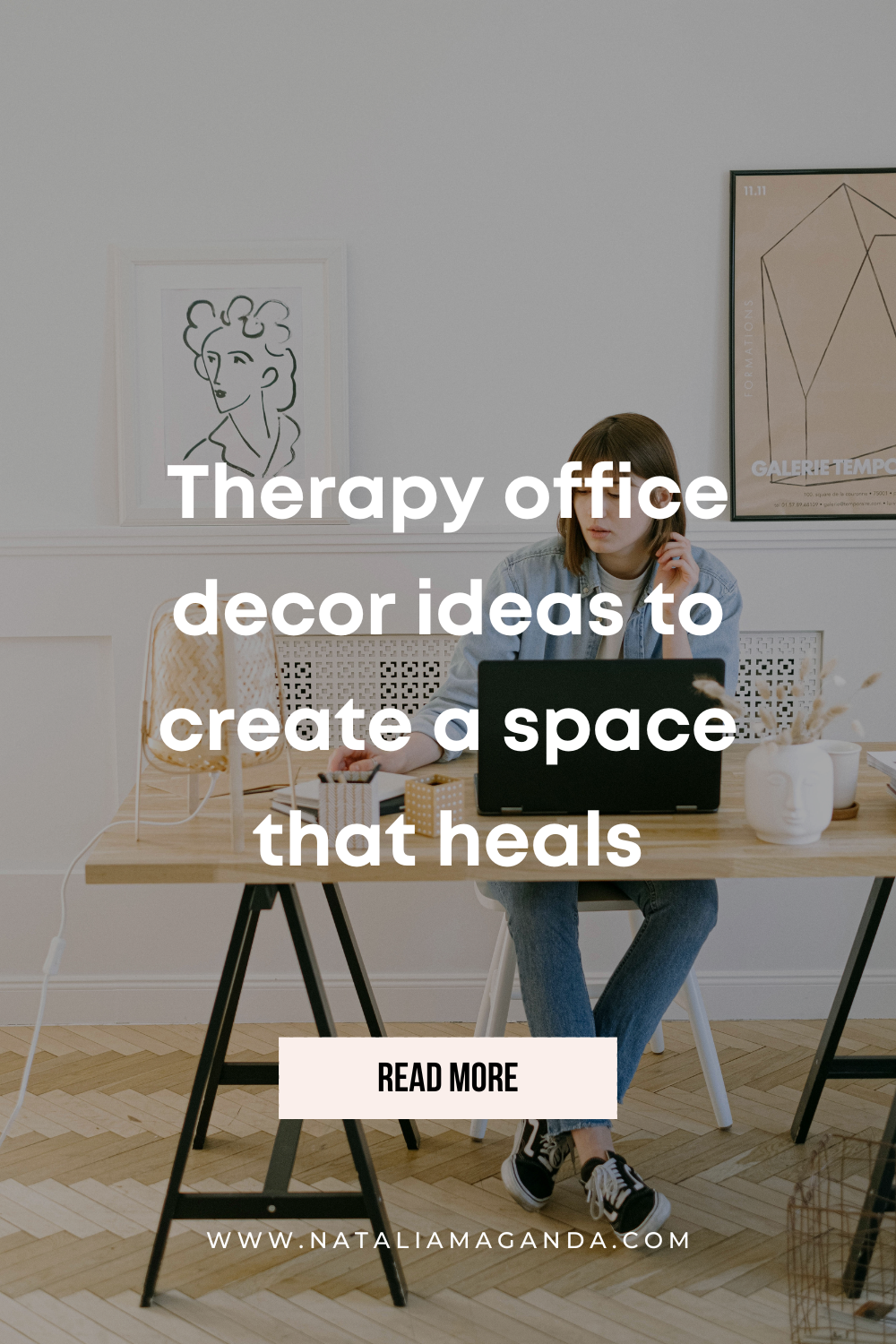
* AI Disclosure: This content may contain sections generated with AI with the purpose of providing you with condensed helpful and relevant content, however all personal opinions are 100% human made as well as the blog post structure, outline and key takeaways.
* Affiliate Disclosure: Some of the links on www.nataliamaganda.com may contain affiliate links meaning that I will get a commission for recommending products at no extra cost to you.

hello! i'm natalia
Latina, web design expert for mental health professionals.
I help ambitious life coaches, therapists and holistic leaders amplify their magic, gain visibility, and simplify their marketing efforts through strategic web design and content.










